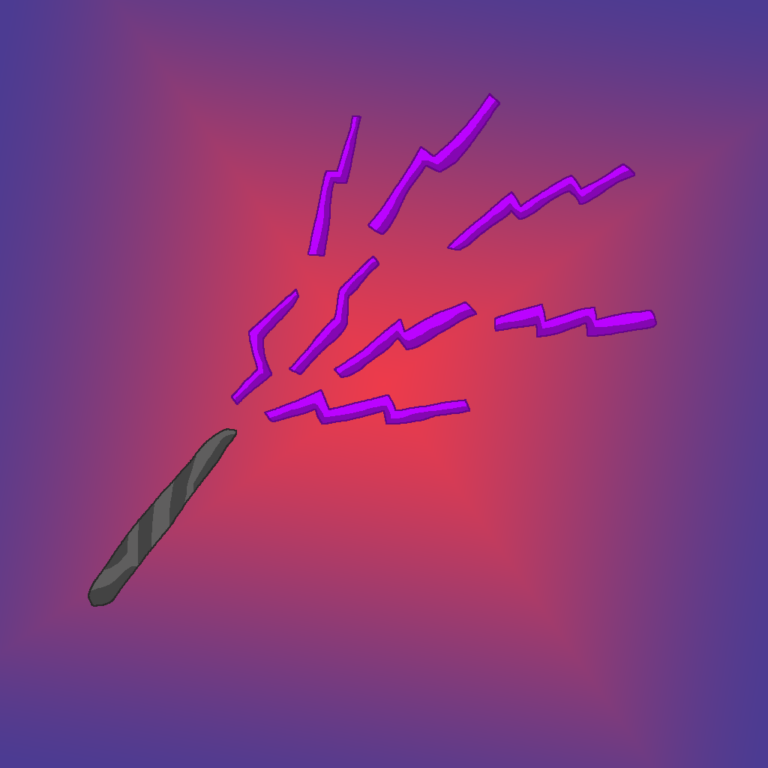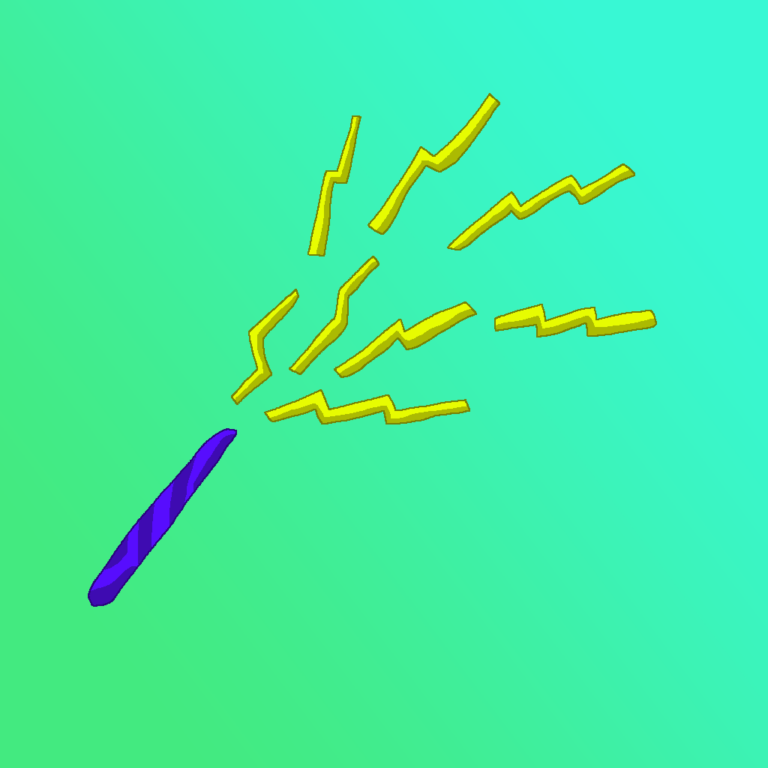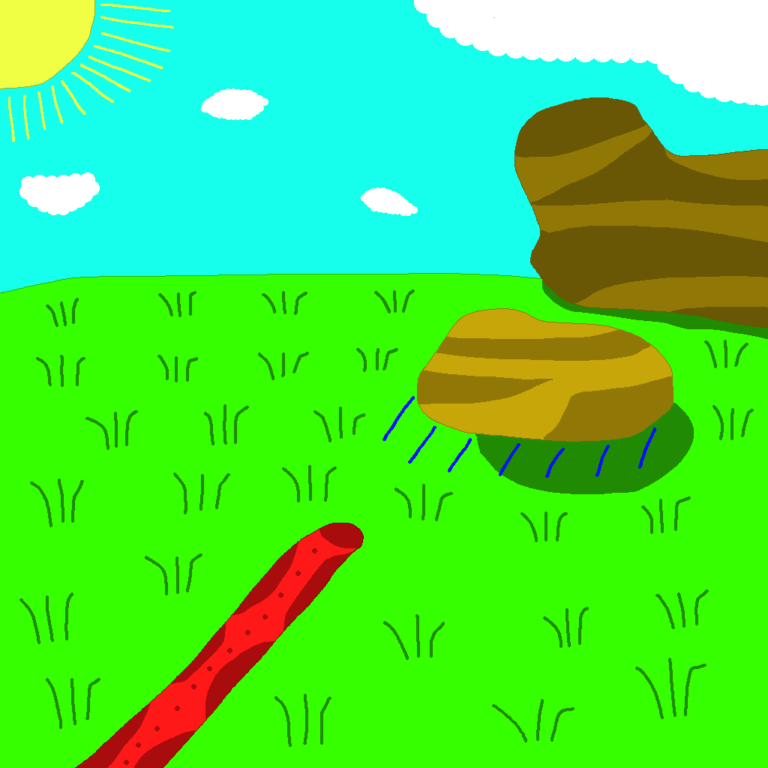Join US
Do you want to build the fantasy world you’ve always dreamed of?
Subscribe to receive notifications when a new post is out and for our monthly newsletter!
You can always unsubscribe anytime.


Fantasy without magic is like having a chocolate chip cookie without the chips. It’s just plain and boring. Magic is a main draw of the genre as people get to see characters perform wild feats like growing a tree from a sapling in one day or have objects float in midair. But did you know that there’s different kinds of fantasy magic?
Just as there are many weapons in fantasy — check out our series of articles covering them on our blog page if you’re inclined — the same applies to magic. Spells come from either a magic wand or staff or if they have enough power, characters can utter them with just their hands, no rods.
There’s one universal rule when it comes to using magic: the magic being used depends wholly on the user’s intent. If a sorcerer with malevolent intentions unleashes a spell, his goal is to harm someone. Always keep that rule in mind when designing spells.
This article examines the major groups of fantasy magic you see in many works in fantasy like Lord of the Rings and Harry Potter. We start with the group that’s commonly associated with the genre: elemental magic.
Wreathes of flames. Massive tsunamis appearing out of nowhere. They’re two types of the branch of fantasy magic that focuses on harnessing the power of the elements. While there are generally considered to be four main elements: fire, water, air, and earth, in reality there’s more than four.
The key categories of elemental magic are:

Each category brings its own set of spells to the mix and aspiring practitioners learn how to say and use them correctly. The majority of wizards and other magic folk stick with one type and become experts. There are exceptions, of course. There are some who’ve switched from one sub-branch to another and only a very select few is well versed in all nine branches.
However, just like with weapons, each group has its own strengths and weaknesses. Fire is weak to water but is strong against forest. Light and dark are both weak and strong against each other. It’s fairly intuitive to figure out each category’s strengths and weaknesses.
Fans of fantasy love watching two wizards duke it out in battle using elemental magic. This is why when you think of magic, elemental magic is the most likely to come to mind.

Assistive magic is quite different than elemental magic. Instead of harnessing the power of the elements, members of this group focus on using magic to help solve problems.
Imagine someone’s building a tall structure and he was using scaffolds to help bring the building materials up from the ground. Suddenly one day, the scaffolds all collapse but the builder needs to complete the project soon. Sure, he could make new scaffolds, but that takes time and materials, which he doesn’t have much of. This is where assistive magic comes in. He knows a wizard who can help and he calls him over. With his power, the wizard takes the materials still on the ground and floats them mid-air over to the builder and his men. The wizard’s help enables the builder to complete his project on time.
Assistive magic can also be a time-saver. Imagine a kind witch has to cook for a large group of people on short notice. Instead of hiring extra people to help her out, she could just user her powers to chop down many vegetables at once and assemble the meal together, saving her time and much grief.
This branch of fantasy magic also helps bring people together as many people view wizards and other magic users with fear. When they see how wizards can use their power to help them solve their problems, their fear lessens and they begin to extend the hand of friendship to them.
This branch of magic focuses on using regenerative spells to heal hurt people. Healing spells are among the most powerful because they have the unique ability to bring people back to how they were before they got hurt. No other kind of spell comes even close to them.
Regenerative magic has two key uses. Firstly, it’s used to heal common ailments like wounds or sores. Healing this way occurs when the wizard puts his hand or rod over the afflicted area and mutters an incantation that soothes the area, eliminating the sore or wound. The process takes only a few moments. Afterwards, it’s like it never existed.

Secondly, it’s used to cure illnesses like the common cold. Elixirs are used to facilitate the process. The elixir used depends on the illness. Wizards first evaluate the ailing person to make a diagnosis and then he brews the remedy and he gives him the elixir with instructions on how often to drink it.
Regenerative magic does have its own limitations. It cannot fix the soul. Damaged people can’t use it to magically fix themselves; they have to be willing to put in the hard work to change themselves without the use of magic. It also can’t cure diseases like cancer or body parts affected by exceptionally powerful dark magic.
The most sinister branch of fantasy magic, dark magic utilizes the power of darkness to harm people, physically, emotionally, and spiritually. It’s also used to blot out the light.
This branch has one power uniquely suited to it. It has the power to inspire fear due to how potent it is. People are paralyzed with fear when they see dark wizards savagely attack their foes without regard for decency.
Wizards lusting for power sacrifice themselves to get it. Believing that practicing the dark arts is the quickest way to obtain power, they exchange their souls and don’t look back. Before long, whatever good they still had is obliterated and they become twisted versions of who they once were.
Necromancy falls within this group as dark sorcerers include the undead in their armies. The undead is one of their greatest assets since they’re notoriously difficult to kill, being only vulnerable to several spells. Conventional weapons don’t do any damage to them. Evil sorcerers like to to use great numbers of the undead to overwhelm their enemies and fill them with fear.
Indeed, many of the major villains in fantasy practice black magic. Voldemort, Sauron, and Ganondorf are just a few of a legion of villains who dabble in the dark arts to enhance their power and destroy their enemies. Due to their penchant for evil, many of these villains become memorable within the genre and within their worlds.
Magic brings awe and wonder to fantasy. It’s why pretty much every story in the genre, regardless of the medium used to tell it, has magic in some capacity.
Bringing it to your world takes a bit of time. You have to create and develop your own magic spells that your characters will use. Consider their purpose and who’ll be using them. They also have to fall within the guidelines of the magic system you set up. If you need a quick refresher on how to make your own, take a look at that article!
Let me know what you think in the comments below. (Note: this is an account-exclusive feature).
If you don’t have one, you can register here. It only takes a few moments of your time!
Liked this article and want to subscribe? All you have to do is fill out the form below and that’s it!
Thanks for reading this and until the next time,
Sunfire
Subscribing means you receive:
You can always unsubscribe anytime.
Do you want to build the fantasy world you’ve always dreamed of?
Subscribe to receive notifications when a new post is out and for our monthly newsletter!
You can always unsubscribe anytime.